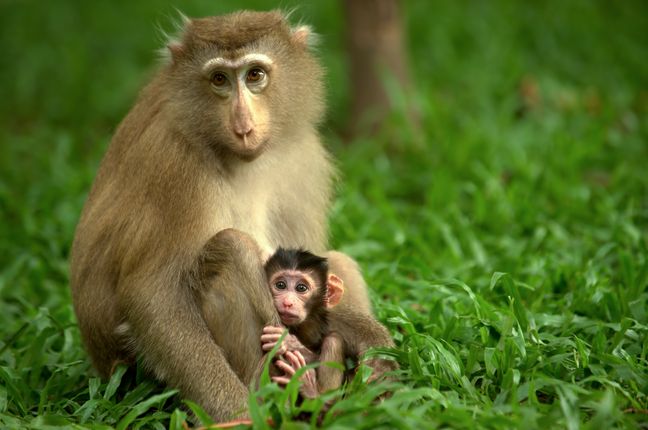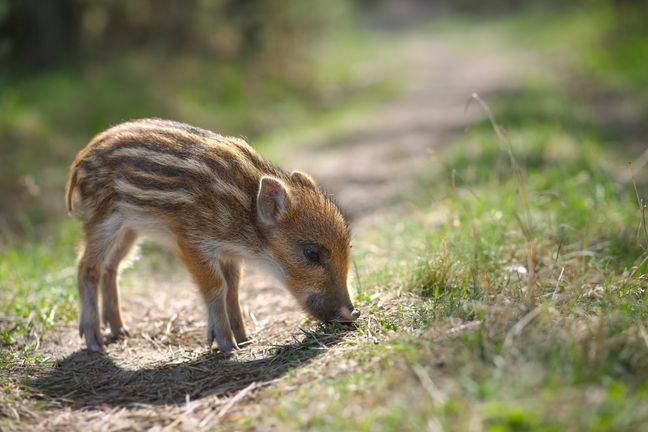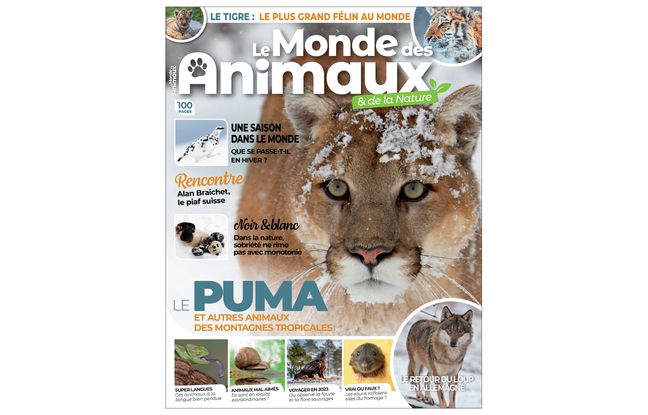the poodle
If the mallard is the species best known to the general public, there are actually many. The Anseriformes family, which mainly includes ducks, geese and swans, thus has almost 170 species.
If the term duckling is commonly used to refer to the duckling, the poodle more accurately describes the down-covered young individual that has not yet developed its feathers.
open
With around 350 species, monkeys are among the most diverse mammals on the planet. They are divided into two groups according to the geographical area where they developed. Old World monkeys evolved in Africa and a few migrated to Asia; some crossed the Atlantic and joined the New World.
The guenon denotes a female monkey of any species. Guenuchen denotes the daughter of the guenon, while the young males have no special name.

wild boar
Before giving birth, the sow, the female boar, prepares her cauldron, that is, a nest made of plants. After a management of 3 months, 3 weeks and 3 days, she will give birth to between 2 and 10 boars. When the little one is over 6 months old and loses its striped coat for a red dress, it takes the name red beast.

rivers
Despite what the name suggests, the European eel is born in the Sargasso Sea off the coast of Florida. The larvae reach European shores thanks to the Gulf Stream in 7 to 8 months. They are transformed into glass eels (or pibals, bouirons or even montinettes depending on the region), that is, into fry. While most go up rivers and streams, they then turn into young eels or yellow eels and will thus grow for about ten years. After making fat reserves, they turn into silver eels and find their way to the sea to multiply in turn.

Find the magazine “Le Monde des Animaux” in newsstands and at monmag.fr (paper and digital versions and subscriptions).

The world of animals and nature is a magazine dedicated to wildlife from around the world. Through captivating stories and sublime photographs, the magazine offers a true visual safari in the heart of nature.
